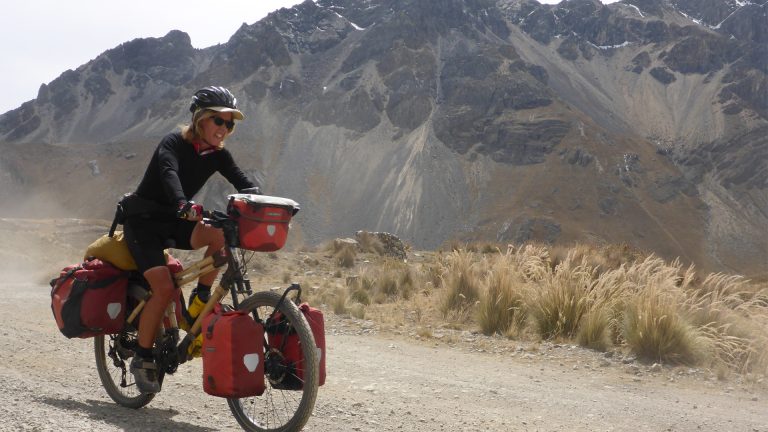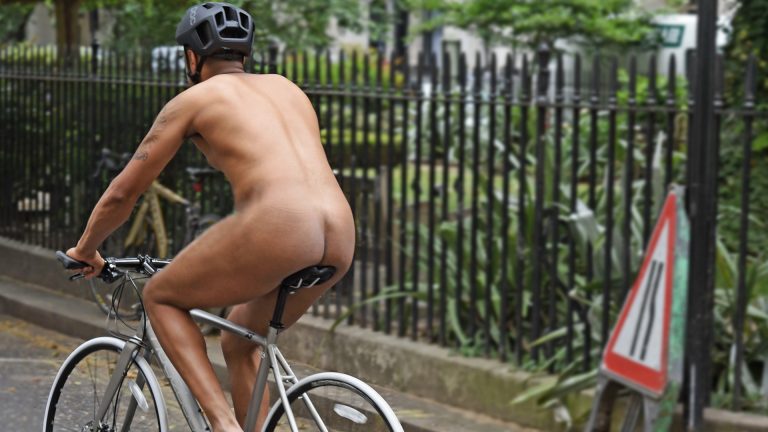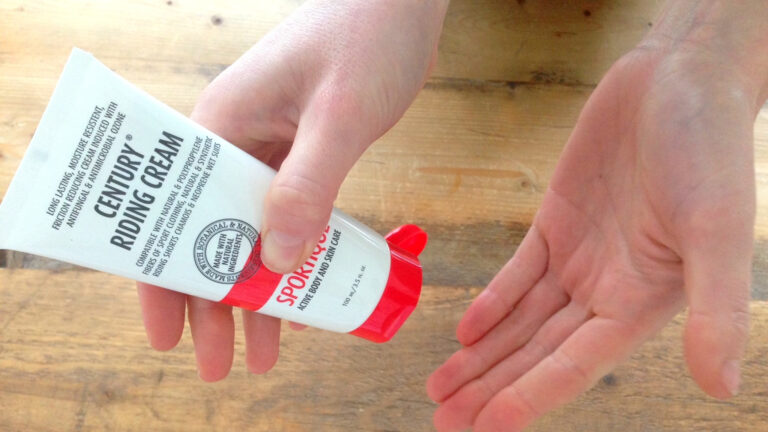Michelle Arthurs shines a spotlight on body image in women’s cycling, through the results of the body image survey in women’s sport, conducted by BT Sport.
Often viewed as a healthy way of maintaining weight and staying fit as well as keeping strong or agile, sport should be a celebration of the body, and our champions should be proud of what their bodies can do.
Despite this, BT Sport conducted a poll of 110 female athletes highlighting that 80% felt pressure to conform to a certain body type, and 67% felt that their appearance was more valued by the public and the media than their athletic performance.
The survey questioned female athletes across a wide range of sports, from running to weight lifting and snowboarding, as well as cycling.
You’ve just got to look at the comments that pour in when photographs of our professional cyclists are shown in the media. It’s apparent that there’s a focus on the cyclists’ appearance and body image in women’s cycling.
A glance at any picture of the Wiggle-Honda team placed on Wiggle’s Facebook shows endless comments such as “does the kit come with the girls”, “I would tackle a wiggle girl” and “better than page 3”.
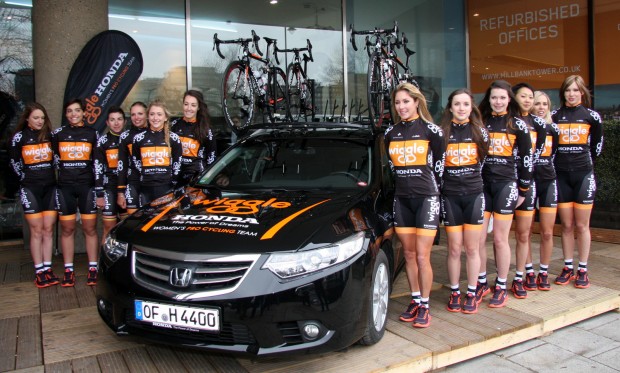
As pro downhill rider Rachel Atherton commented to Radio5: “Female athletes’ appearance is also widely commented on, often either critically or with a sort of lecherous admiration.”
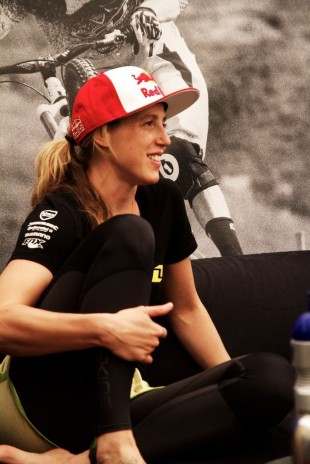
To single out cycling, one of the key factors to be a successful cyclist is your power to weight ratio. This is defined by the power you produce over a period of time, divided by your weight in kilograms.
The importance of power over weight depends upon the cyclists discipline, hence track cyclists who ride shorter durations on flat boards will often be heavier, and more powerful, while hill climbers will aim to be light, while maintaining as much power as possible.
There is an optimum weight for every cyclist, and for every athlete, but as Atherton pointed out, that isn’t always a size 8, “Plenty of world class sportswomen fit 14-16 dimensions due to body shape, yet this is touted as fat!”
How does all this affect us ‘non-pro riders’?
Comment on the survey has been centered in the realms of professional athletes – but, what effect does the constant spotlight on appearance and body image in women’s cycling have on the rest of us?
As the survey showed, 97% of female athletes thought there was a problem with women and body image in wider society.
But, is it all in our minds or is it exacerbated by the media? There are certain cycling websites that receive unwarranted negative comments from readers, when women test products.
For example, one site had comments such as “I prescribe her 300 kms a week, less carb and no junk” when one of their reviewers tested a cycling top and photographed a friend modelling the jersey.
When asked, one 6x Ironman completer and year round open water swimmer, Hildi told me: “I feel immense pressure to look a certain way. There is definitely a sense that you won’t run or bike fast if you don’t lose weight. I was recently photographed for a publicity campaign for a Tri and I felt I had to apologise for the fact that ‘It’s January‘ and ‘I’m not at race weight.’”
I’d usually steer clear of the issues around body image and women’s sport, preferring to focus on the positives around the fantastic effects endorphins have as they race around my body following a hard session.
However, seeing images of myself mid-race, hunched over time trial bars, and on the way to a new PB, I’ve critically observed the size of my thighs on numerous occasions before kicking myself for being so negative.
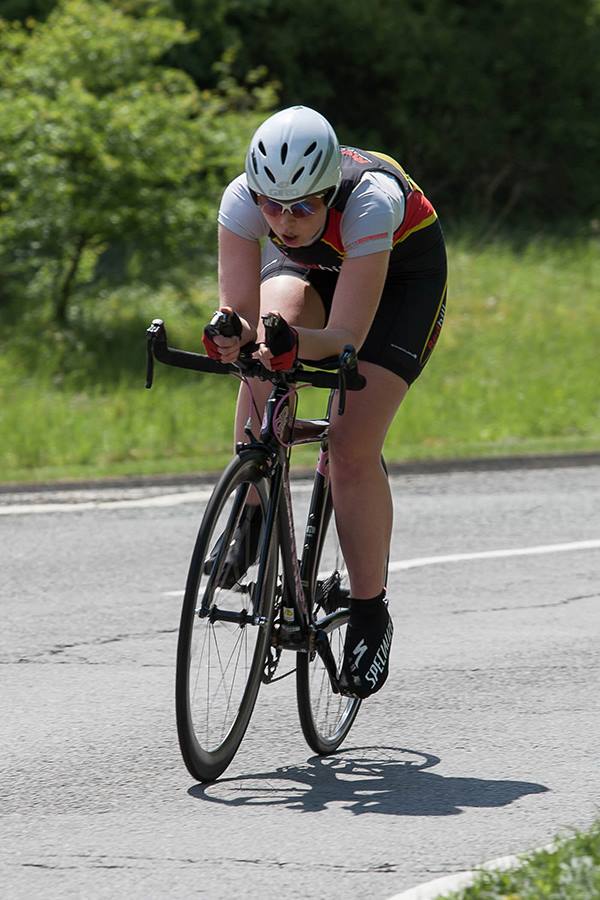
I won’t pretend all of that thigh is producing power, I race for fun and I’m not going to win any gold medals, but I do work quite hard in the gym in order to achieve some of that bulk because on a flat dual carriageway time trial, power is paramount. Criticizing the shape I work hard all winter to achieve is quite counterproductive.
Former National hundred mile time trial champion Rebecca Slack touched on the effect of cycling on body shape, saying: “Cycling certainly bulks your thighs. I don’t think bulky thighs are a particularly attractive attribute to be honest – but as a cyclist I will look at some people’s thighs and think ‘cor, she looks super fit’.”
Taking a positive view of the physiological attributes of a cyclist, she said: “While I don’t care about looking fashionable, I have this desire to look pro on a bike when I’m racing – it’s a psychological thing. If I look pro, I feel like I ride like a pro.”
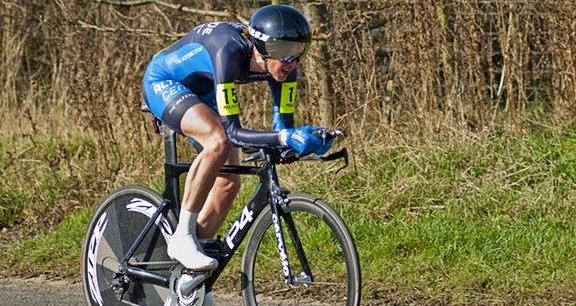
The media focus on women in sport is insult enough, and the comments from both men and women criticising those that don’t fit the mould of perfection are damaging. But alongside bullying from the media, pressure from fellow athletes was also named as one of the causes of strife around body image in women’s cycling. In fact, the BT Survey showed that 61% of those questioned said fellow athletes were a cause, and I’d wager “pressure from myself” is probably a cause, too.
As Hildi commented, “I think part of the pressure comes from… fellow athletes, but I think this is more indirect, for example you’ll often hear comments people make about themselves or others, such as ‘she’s running well now she’s lost all that weight’.”
Refreshingly, when I asked designer Anna Glowinski her opinion, she argued that pressure has always been present, but that the best response was not to care.
Glowinski commented, “I was pretty gutted after reading a forum of strangers talking about how ugly I was once, it’s probably had a long lasting effect on me.
“But is this something unique to women in sport? Or to our society right now? Nah! It’s just the way life is, some people are lucky enough to look the “right” way for their society… The luckiest of all though must be the girls who just don’t give a sh*t.”
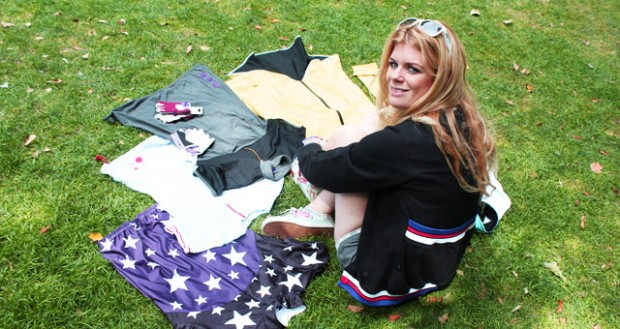
Offering a similar view, Cara, who cycles and runs for fun and to keep fit, said: “I know there are much more ideal body types and looks than mine, but, once I hit my 30s I stopped caring that I didn’t fit it.
“The world would be very dull if we were all the same. The most attractive thing in the world is confidence.”
The blame for the negative body image felt by women across our sport, and across our society, could well be placed on the media, but as long as we keep looking at ourselves as being failures for not conforming to the beauty ideal, I’d say we’ll be a long way off fixing the problem.
If we, as women, choose to focus on our appearance over our achievements, we’ll never be powerful enough to kick the butts of the media’s ideology that asks us to conform.
So, be you professional cyclist, domestic racer, or just a woman who likes to ride her bike – enjoy your achievements, enjoy what your body is capable of, and love your power.

